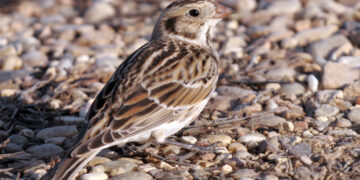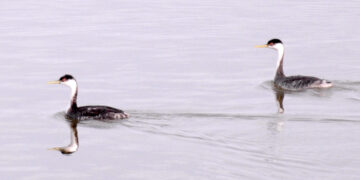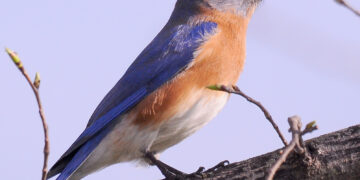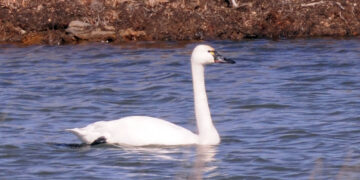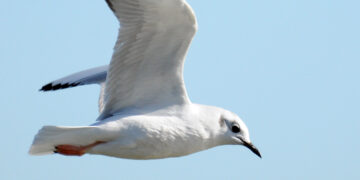The gadwall is a winter visitor to Oklahoma and is this week’s featured creature.
It doesn’t really stand out very much, as it is fairly plain, as far as ducks go.
The Cornell Lab of Ornithology calls it an “understated elegance.” But the closer you get to one, the more interesting it becomes. The pattern on a male’s feathers is quite intricate.
The Cornell Lab reports that gadwalls have pirate-like behavior, and often snatch food from American coots and diving ducks as they surface.
The National Audubon Society reports that the settlement of the northern Great Plains may have reduced gadwall numbers more than those of most ducks.
However, according to the Cornell Lab, gadwall numbers have dramatically increased in North America since the 1980s, which is due in part to restoration of wetlands and other conservation efforts.
Appearance
Gadwalls are sexually dimorphic – males and females do not look the same.
Male gadwalls are gray, brown and black. They have intricate patterning on their breast, back and side feathers. Males have black bills and a large black patch on their rumps. In flight, males have patches of brown, black and white on the backs of their wings near the body.
Females are mottled with various shades of brown and resemble female mallards. However, gadwalls have a steep forehead, and their bills are slightly thinner than mallards. Also, gadwalls lack the iridescent blue patches which mallards have on their wings that are visible at rest or in flight.
Range
As I mentioned previously, gadwalls are winter visitors to Oklahoma – found all over the state. They are often migratory, and their winter range extends from Washington east-southeast across the Great Plains to the East Coast and south through Mexico. They breed in areas of Canada and the Western United States.
Habitat
Well-vegetated water areas such as marshes, lakes, farm ponds, rivers and large creeks.
Diet
Gadwalls are dabblers and eat mostly submerged aquatic vegetation. According to the Cornell Lab, gadwalls also eat snails, water beetles, smidges and other invertebrates, but only about 5% of the time.
Odds & Ends
• The Cornell Lab reports that the oldest known gadwall was a male that was at least 19 years, 6 months old. The bird was banded in Saskatchewan in 1962 and shot during hunting season in Louisiana in 1981.
• Remember to check out my Randy’s Natural World YouTube channel: www.youtube.com/user/randyadventure.
Editor’s Note: Randy Mitchell is a freelance writer and photographer. He has been an avid birdwatcher, nature enthusiast and photographer for more than 40 years. Reach him at rnw@usa.com.
Want to reach a local audience and grow your business?
Our website is the perfect platform to connect with engaged readers in your local area.
Whether you're looking for banner ads, sponsored content, or custom promotions, we can tailor a package to meet your needs.
Contact us today to learn more about advertising opportunities!
CONTACT US NOW

